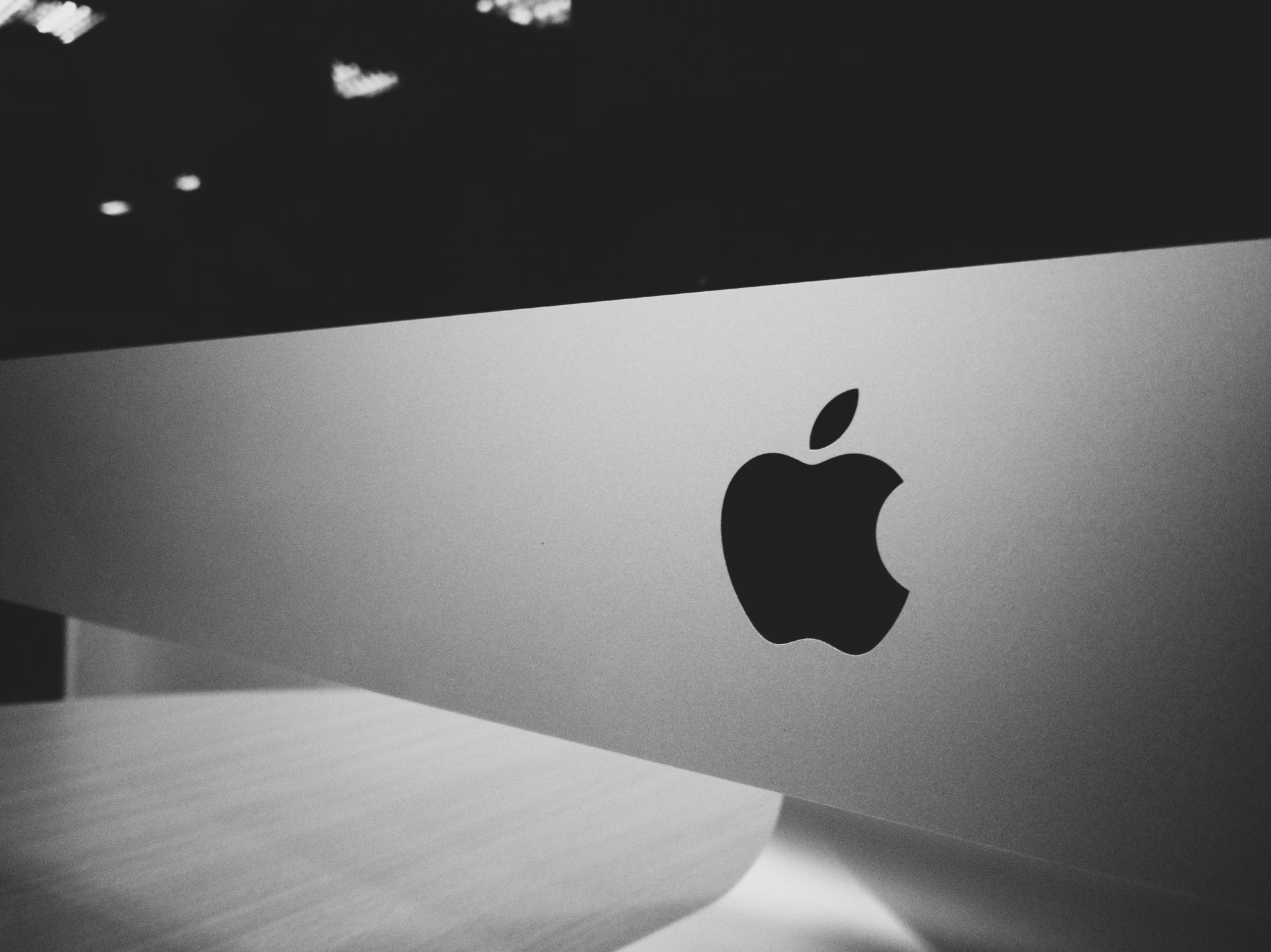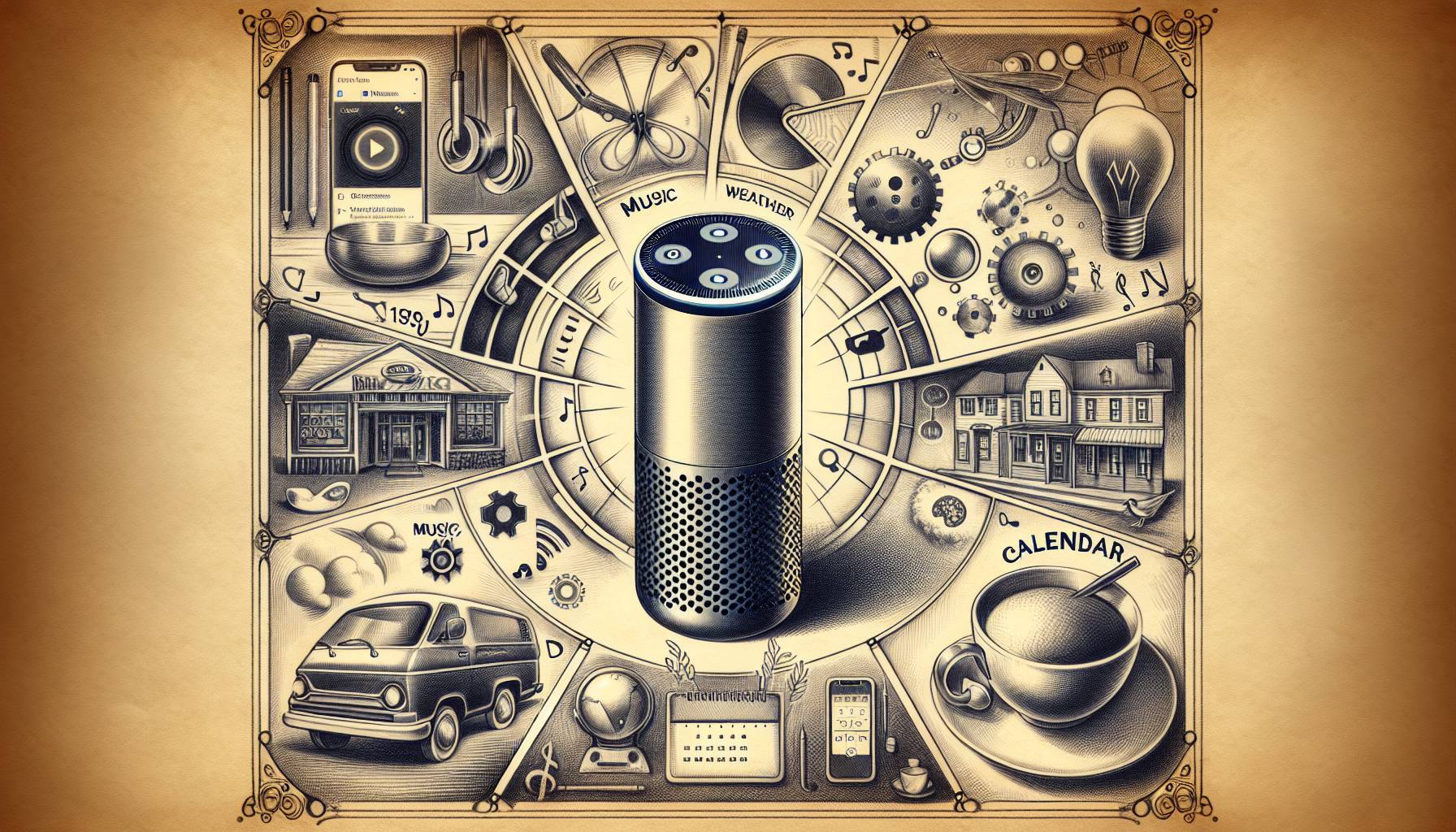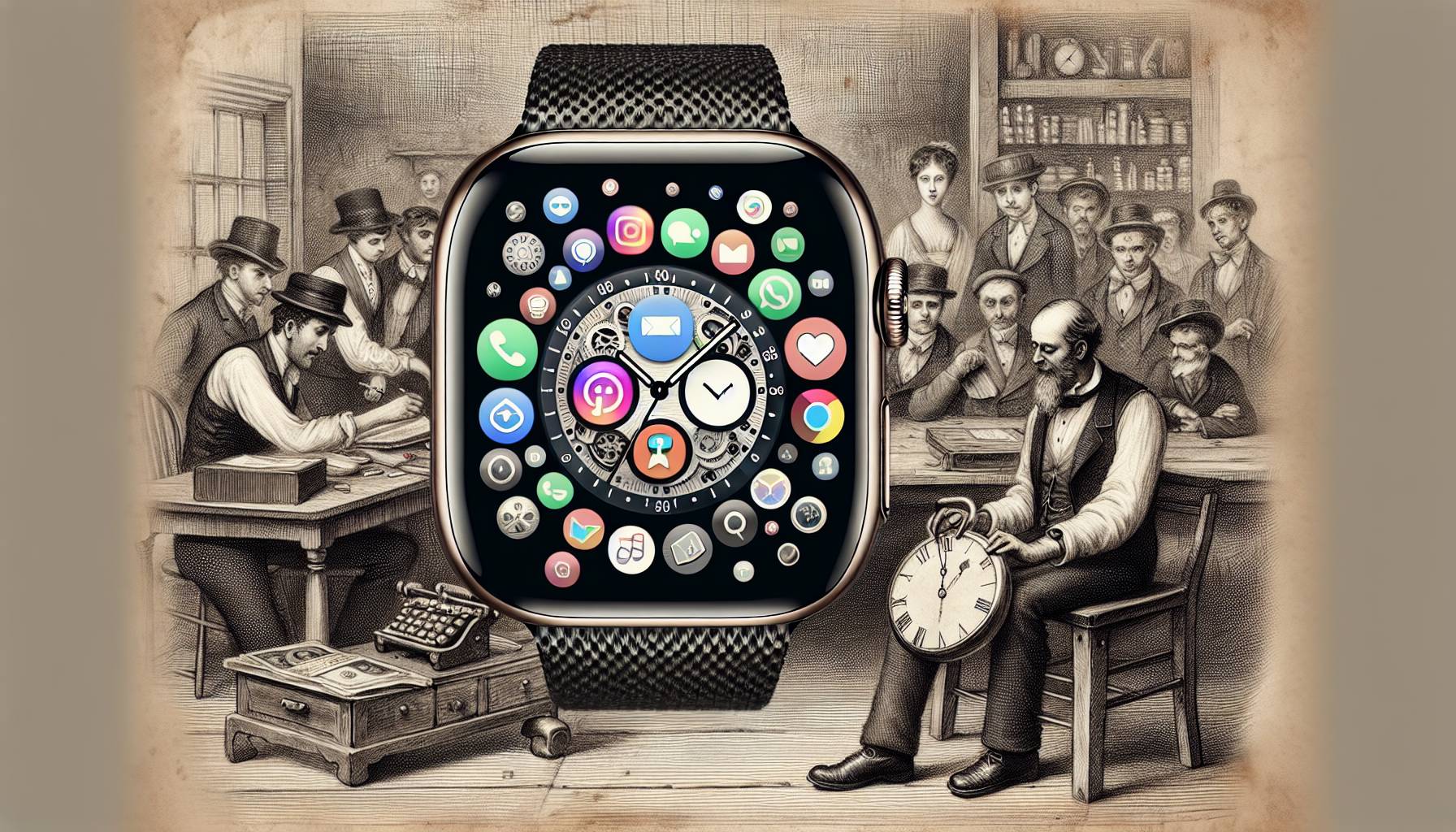Apple recently hosted its annual Worldwide Developers Conference or WWDC for short. WWDC 2023 had more than a couple of surprises this year with announcements for the new iOS 17, a new iteration of AirPods, and the further development of Apple Silicon with the various M2 chips. By far the most exciting reveal from this year’s conference was, of course, Apple’s new AR headset the Vision Pro.
The consistent tech industry leader finally took its long-awaited first step into the world of augmented reality (AR) on June 5, 2023. It seems Apple took its time in delivering a headset with a different focus than some of its contemporaries. It’s no secret that companies like Meta have had their eyes on the world of headset-based VR, but Apple’s AR experience goes in a different direction.
What is It?
The Vision Pro is different than something like Meta’s Oculus series of headsets. Apple’s device works in augmented reality as opposed to virtual reality in Oculus. This means that rather than full immersion in a different space, the Vision Pro works to add virtual elements to your real-life surroundings.
What this looks like in practice is Apple’s new “Spacial Computing” technology. Essentially, with the headset on, you will interact with floating window screens and applications. No longer stuck looking at a bounded screen. Instead, you’ll instead have the capability to manage malleable windows in a full 360-degree scope.
Apple also announced the “Magic Keyboard” and “Magic Trackpad,” in order to interact with the floating windows. These are also virtual projections that you simply interact with without actually touching anything. The only hardware seems to be located in and around the headset itself.
What Does the Vision Pro Do?
The Apple AR Headset Vision Pro will host all the capabilities of a regular Mac computer. In fact, Apple mentioned a “seamless transition” between working on Macs and the Vision Pro. This means we will likely see the development of an integrated system making the Vision Pro an extension of the Mac landscape, and vice versa.
It boasts two portable “ultra-high resolution” 4K displays, allowing for engaged, immersive experiences. The vision pro is to launch with a home theater simulation. Additionally, it will host “spacial audio capabilities” to enjoy all your movies, TV, and home videos. Apple also teased brand new experiences only available to the Vision Pro. The new spacial computing will allow for innovative entertainment like fresh 3D video and interactive gaming from Apple Arcade.
The new headset will also enhance digital communication. The spacial experience continues with an overhaul of FaceTime and messaging through the floating windows and magic peripheral components. FaceTime will now be more immersive with spacial audio and video giving foundation to placing people around the room. Conversations will now feel more lifelike. For those using the headset, rather than a direct visual of the user, Apple announced Personas. These advanced avatars will match your exact facial and bodily movements. What these look like exactly is still unknown.
How does the Vision Pro Feel?
Built to last, the Vision Pro is equipped with a combination of several different materials designed to keep the headset comfortable yet powerful. The centerpiece is a single piece of rounded, laminated glass. This houses many different cameras that work to blend the physical and digital spaces. A lightweight aluminum frame will support this glass house. This frame’s design will cradle the face of the user comfortably. Finally the “Light Seal” will come in a soft textile that matches the adjustable head straps, making for a customizable fit.
What are the Specs?
The screens that make the immersive experience possible are revolutionary according to a press release from Apple.
“Featuring a breakthrough ultra-high-resolution display system built on top of an Apple silicon chip, Vision Pro uses micro-OLED technology to pack 23 million pixels into two displays, each the size of a postage stamp, with wide color and high dynamic range. This technological breakthrough, combined with custom catadioptric lenses that enable incredible sharpness and clarity, delivers jaw-dropping experiences.”
Beyond just the impressive visual components, Apple has also stated that its audio tech is unrivaled in the Vision Pro. Simple surround sound becomes spacial audio with individual drivers in each ear, creating the feeling of sounds in an existing environment.
New hardware has also been developed to track eye movements within the headset to enable responsive input. Numerous cameras reside in the glass optical surface in order to get a feel for exact movements in the eyes and face. This is present for a more intuitive flow within interacting with floating windows and selecting exact elements.
All of this is powered, of course, by Apple’s recently developed Silicon processing architecture. A brand-new dual-chip will support all the innovative technology being pioneered by Vision Pro. A combination of the raw power of the M2 chip and the new R1 allows for a division of labor between regular computer processing, and the host of incredibly frequent inputs captured by the internal cameras.
Conclusion
Apple’s new Vision Pro is an exciting new venture from a company that’s continued to change the industry during its lifetime. The new immersive experiences are going to put the new innovative hardware to the test, but if all goes how Apple describes, it will make for an amazing new AR experience. This all comes at a hefty price tag, though, as the Vision Pro will debut at $3,499 in early 2024. Only time will tell if the future really does lie in spacial computing, or if this is just a passing fad.













